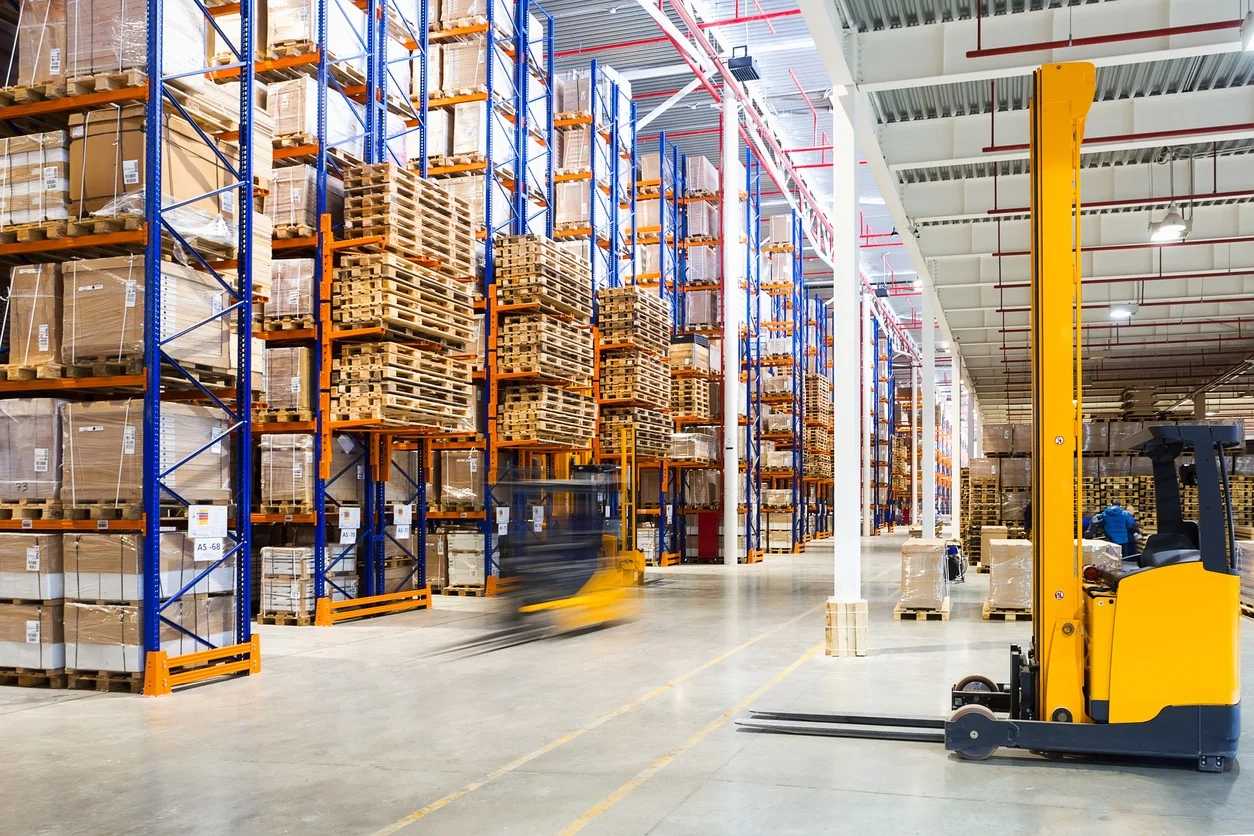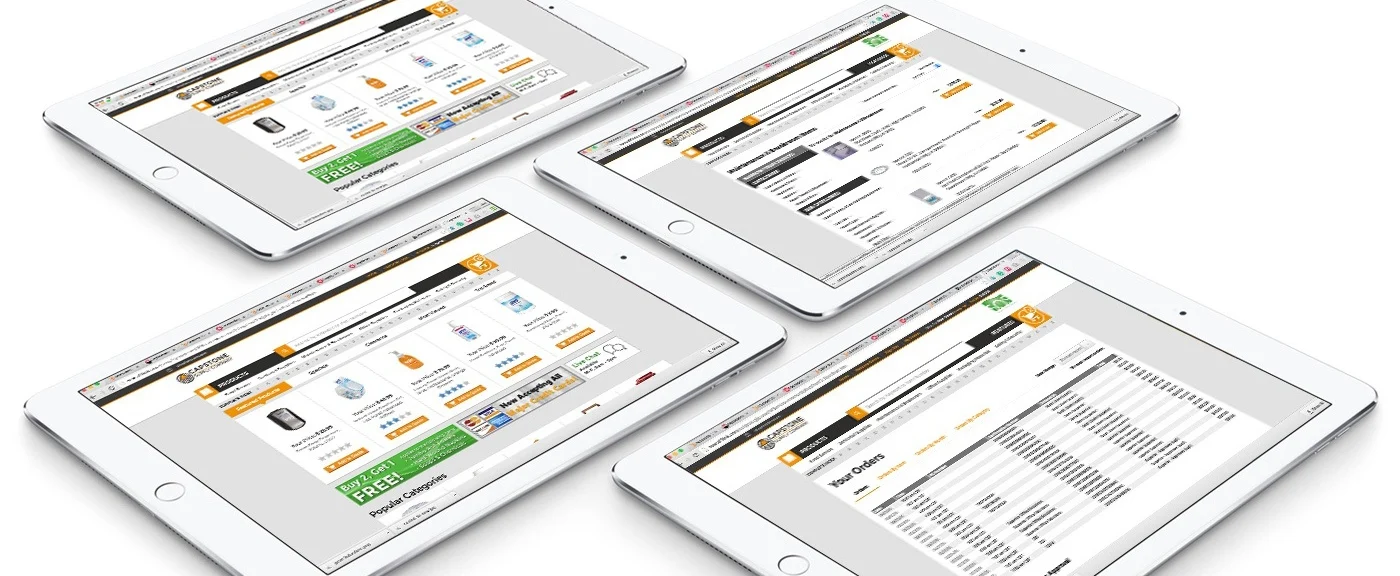A Complete Guide to Optimizing the Supply Chain
Find the Right Supply Chain Solutions for Your Industry

Table Of Contents
Businesses aren’t just about what they produce. They’re also defined by what they purchase – necessities meant to support the health, safety, comfort, and sanitation of their facilities, customers, and employees. These supplies are different in every business, but they represent a major cost center for every business.
Every company, whether in times of economic boom or scarcity, is faced with the need to cut supply chain costs in order to achieve growth. Too often, however, these cost-cutting strategies:
- Take place only after a company has encountered problems, not before
- Because the cuts are reactionary, they aren’t evaluated with respect to the organization’s long-term strategy as a whole
- Cuts then become unsustainable when they eat into business necessities – becoming incompatible with safety, comfort, hygiene, etc.
Thriving as a business means cutting supply chain costs proactively, in a way that doesn’t impact business necessities. Ideally, the impact of a strategic cost cut would let businesses procure the same-quality or higher-quality necessities at a lower price – improving the standard of living for their employees, customers, and tenants. Achieving these benefits in this manner is not impossible – it just takes an experienced eye.

Universal Business Needs
There’s no one-size-fits-all solution for businesses that lets them cut supply chain costs while receiving a higher quality of goods and services. What there is, however, is a set of universal business needs that every company has in common. Some businesses will value these needs to a differing extent, but every supply-chain strategy must take the following factors into account:
1. Healthcare and Hygiene
People need clean facilities to live and work in, but each business will value cleanliness differently. The average business may only need someone to come in once a week to vacuum the carpets, mop the bathrooms, and empty the trashcans, but even then, a 50-person business will have different needs and costs than a 10,000-employee enterprise. More specialized businesses will have more specialized healthcare and hygiene concerns. For example:
- Facilities such as nursing homes, daycares, and schools often require on-site medical staff and supplies in addition to janitorial services.
- Food service establishments need food-grade sanitizers, plus accessories such as gloves, masks, and hairnets, as well as medical supplies for the occasional cut or burn.
- Manufacturing facilities need specialized cleaning services for capital equipment, plus safety equipment for workers, and medical supplies in case of accidents.
- Every hospital and doctor’s office requires a vast array of specialized products designed to maintain a germ- free environment.
2. Corporate Image
This category may refer to everything from marketing materials to employee uniforms. Again, the universe of necessary products is vast and variable. Think about things like glossy paper and printer toner, custom-branded pens and stationery, and business cards – and these are just the tip of the iceberg.
3. Productivity
Workers need tools. Office workers need pens, paper, notebooks, and much more, but the further outside of the commercial space you go the more diverse the requirements for workers become. Doctors need scalpels and stethoscopes, manufacturers need hammers and wrenches, and food service workers need pans and knives. Some of this equipment can be expected to last a while, but other kinds will need regular replacement
4. Sustainability
Since the creation of the EPA, there have always been limits on where a business may dispose of waste, how it must do so, and how much it can produce. That said, it’s always in a company’s interest to minimize waste. For example, many waste removal companies charge for trash pickup, but remove recyclables for free. Minimizing waste therefore could mean minimizing costs.
5. Cost
Lastly, the fundamental rule of business is that you need to spend money to make money. The trick is to try and spend as little as possible when trying to make a profit. While some think this means indiscriminately cutting back on the necessities above, the most successful businesses have always been those with a robust corporate image and productive, well-motivated employees. It’s worth taking a strategic look at your supply chain in order to bolster your ability to fulfill the universal business needs above. No two organizations will have the same business needs. Not only are business needs unique, the process of procurement is also unique. Therefore, the process of trimming the supply chain to save money and improve quality must also be unique. Short of an exhaustive audit, however, how can businesses start improving their supply chains in an immediate and productive manner?

Tailored Cost Savings Solutions
If your business is doing everything right, it already has a detailed record of its supply chain: what it’s purchasing, where those items are purchased from, and how much was paid. The journey to lower costs and increase quality involves figuring out if you could purchase different supplies, from a different vendor, and pay less. Since an individual business purchases thousands of supply chain goods and there are millions of different vendors, finding low-cost alternatives of equal or better quality is likely to be a months-long endeavor.
But there’s a solution to this age-old problem. ELEVATE will help you:
- Find superior product alternatives within a few minutes
- Identify additional areas for optimization that internal audits may have overlooked
- Identify additional areas for optimization that internal audits may have overlooked
Using your own purchasing data, ELEVATE can determine whether a business is using the right mixture of supply chain products for their industry. It will only take minutes for businesses to understand whether they’re purchasing the products they need at the lowest price, from the nearest warehouse, and through the most trustworthy vendor. ELEVATE can even provide input on workloading, letting businesses understand how to maintain their facilities and equipment in ways that minimize the cost of their time and labor.

Supply Chain Optimization Designed for Ease-of-Use
With AFFLINK, getting the most out of your supply chain doesn’t must mean ordering different products at a lower price – it means streamlining both product and labor costs in a holistic way that looks at every aspect of your business. The factors that make a company unique include their industry, company size, geographic location, safety needs, and more. ELEVATE takes all these factors into account when creating a site needs analysis for your organization.
In addition to helping businesses understand what kind of supply chain materials can help them the most, ELEVATE also helps them understand the question of how many. By comparing ordering and usage patterns across your organization, ELEVATE can tell if you’re ordering too few or too many of a necessary product. Lastly, ELEVATE also makes ordering easy. Purchasing items for your supply chain should be as easy as ordering from a modern ecommerce storefront – and with ELEVATE, it is. ELEVATE combines the ease-of-use of digital commerce with the deep record keeping functionality required for auditability and accounting.

National Reach, Local Expertise
Within the reach of AFFLINK’s Shopfront, there are 300 distributors offering 1 million products in locations across the United States. These distributors form the core of the savings that ELEVATE is able to offer, while also offering extensive expertise in the products and services that they provide.
At the center of the AFFLINK service model is a process called group purchasing. We help groups of distributors coordinate their efforts to purchase from a small number of manufacturers. This helps everyone – manufacturers get more orders, and distributors get deep price breaks that they can pass along to their customers. Once we help find the distributor closest to you, you’ll get all the benefits of a lower price plus decreased shipping costs.
At the center of the AFFLINK service model is a process called group purchasing. We help groups of distributors coordinate their efforts to purchase from a small number of manufacturers. This helps everyone – manufacturers get more orders, and distributors get deep price breaks that they can pass along to their customers. Once we help find the distributor closest to you, you’ll get all the benefits of a lower price plus decreased shipping costs.

Get Everything You Need with Shopfront
As a final piece of the puzzle, ordering supplies for a large business should be as easy as ordering through any ecommerce platform. The AFFLINK Shopfront lets users buy with one click, schedule recurring deliveries, and connect multiple payment methods, just like the ecommerce websites you’re used to.
As a final piece of the puzzle, ordering supplies for a large business should be as easy as ordering through any ecommerce platform. The AFFLINK Shopfront lets users buy with one click, schedule recurring deliveries, and connect multiple payment methods, just like the ecommerce websites you’re used to.
Trimming down a supply chain doesn’t have to take a yearlong audit. It can be done in minutes or hours, with the full confidence that the products, services, and vendors you’ve chosen will be vetted, trusted, and suited for your business and customers. To learn more about AFFLINK and how you can eliminate unnecessary costs in your supply chain contact us today.

